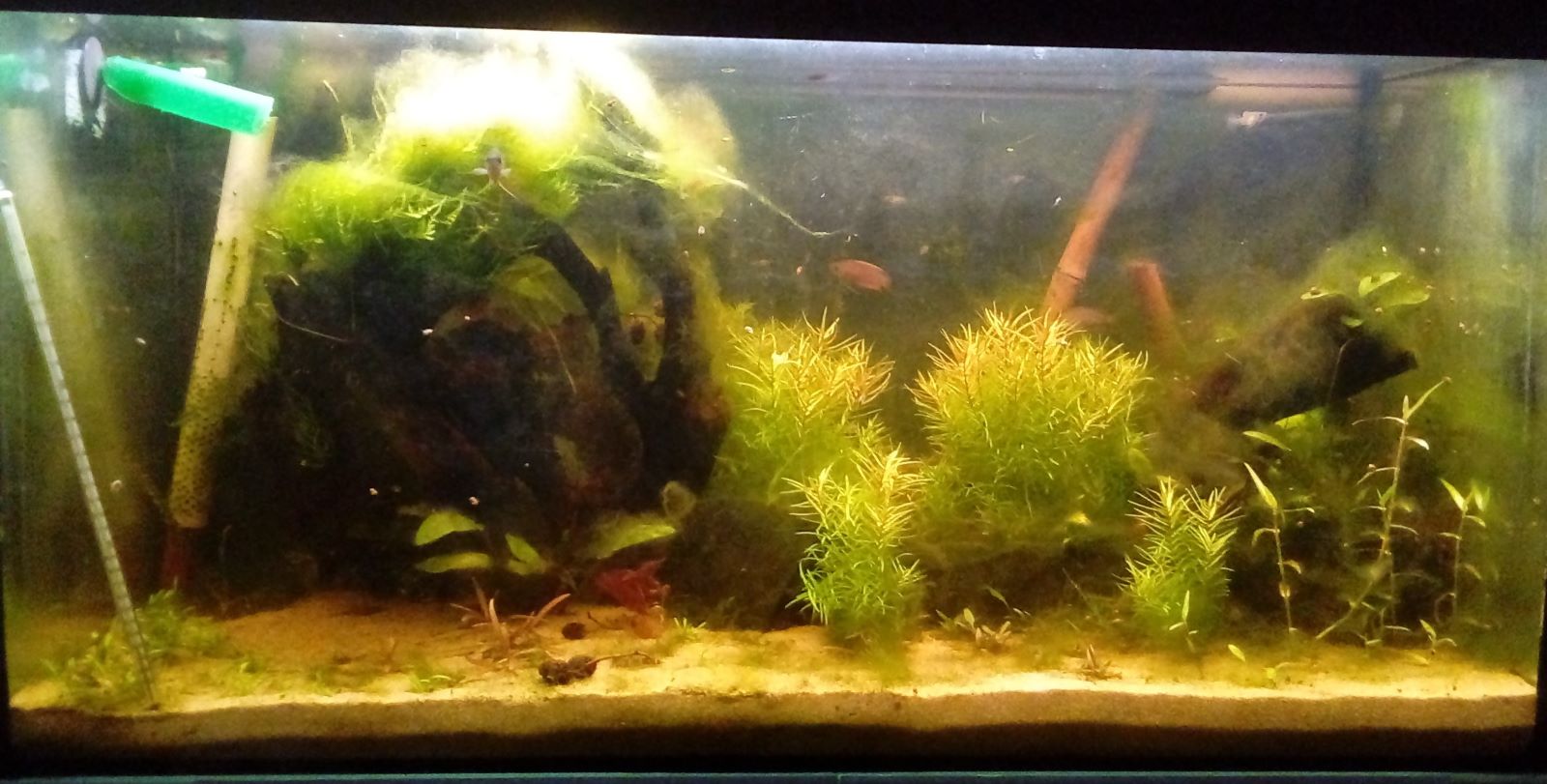Kestrel has finished her little horse(s) and I think they’re all fabulous!
I finished my last horse, and in time for the deadline. I’ve already sent in my entries; it’s all over but the crying, as they say.
The final work is pretty subtle; the whites have been altered so they are not so stark, there is slight pinking in the area by the elbow where the hair is thinner, and in that second photo, finally, we have eyes!
He looks like he’s saying, “Are you lookin’ at me?” In case anyone wonders: those dark dots on the legs are to represent the chestnuts (as they are called) on a living horse. These are the remnants of a toe, because equids were originally 5-toed.
I’m including the photos I sent in for the contest, posted here in order of my painting them – so this sorrel horse is the first one I painted, and the bay pinto I’ve been working on is the last. Taking clear, focused pictures of something this small is pretty difficult, at least for me. When you get it focused right, the photos are brutally honest, and the artist can see every last tiny flaw and mistake. Well, this is to be expected for a novice like myself – I will hopefully learn a lot here and do better in the future. The dapple grey (third photo down) was particularly difficult for me. That color terrified me because I’ve seen so many people get it wrong; but I like a challenge so I tried it. It was, as I thought it would be, really tricky, particularly at this scale.
I’m not sure when the judging will take place but I will try and keep Voyager informed as to the outcome. I hope you’ve enjoyed getting a glimpse into an admittedly very weird hobby!


































